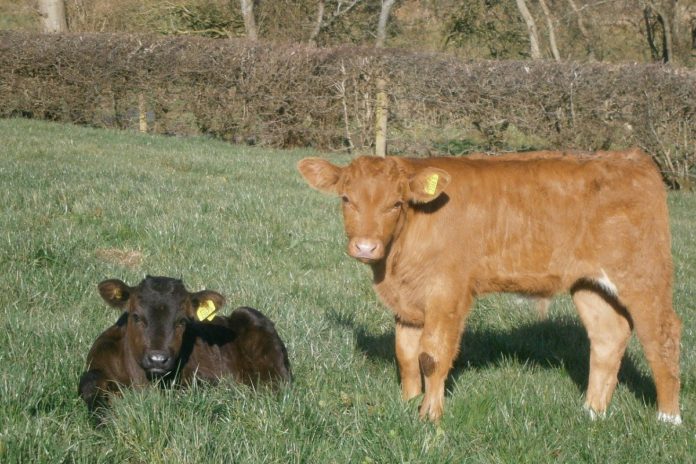Cavan-based vet, Gerard McGovern, received a call to tend to a Belgian Blue cow with dystocia with the suggestion of a deformed calf, last month.
Upon examination, McGovern noticed that the calf, in posterior presentation, had ankylosed fetlock joints.
“A little pressure and rotation, with a metal bar, brought the calf’s hips outside the cow when progress in delivery slowed, fetal ascites (abnormal fluid-distended abdomen) was suspected,” he explained in post on Instagram.
“Usually, with this condition, the calf’s abdomen needs to be opened with a specially designed blade to release the fluid and allow the calf to be delivered.”
“Fortunately, in this case, the abdomen ruptured spontaneously at the navel & the calf slipped out easily…followed by about 20 litres of fluid!” he added.
Cause
The UCD graduate outlined that the cause of fetal ascites can be due to the overproduction or inefficient removal of peritoneal fluid. “This is perhaps due to a developmental anomaly leading to poor lymphatic drainage or conditions causing passive venous congestion.”
“The word ascites comes from the Greek word askos, meaning ”bag of wine’. Perhaps this condition should more correctly be termed ‘wine belly’, rather than water belly!” he concluded.





